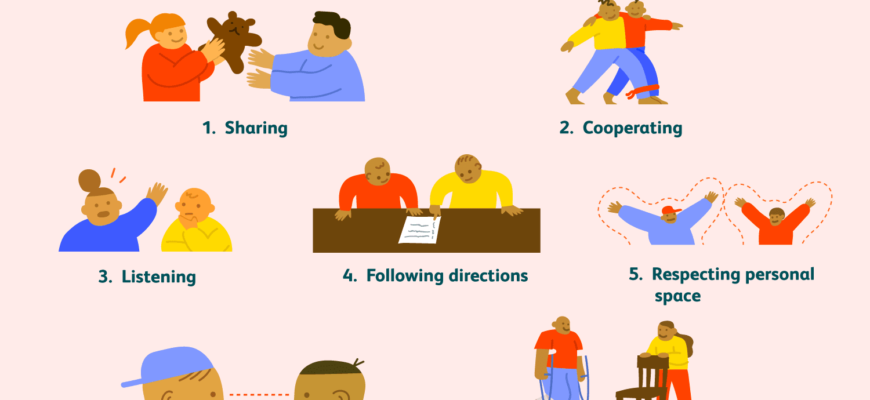This Friday is a big day in my house. That’s when the long anticipated show Fuller House premieres on Netflix. For weeks, my kids have been planning to watch this continuation of the early 1990s phenomena, Full House, with marathon binge watching sessions, quizzes at dinner, and speculation on what the Tanner’s have been up to for 20 years.
If you weren’t an avid viewer of the ABC block of TGIF programming, Full House was about a TV anchorman who recruits his brother-in-law and best friend to help raise his three young daughters after his wife is killed in a car accident. This may sound bleak, but I’m pretty sure only the first episode spent any time discussing the recently departed wife/mom. After that, the lighthearted family sitcom was simply three guys trying to parent three girls.
A predictable aspect of Full House was the less-than-subtle moral. Near the end of each episode, the sentimental music would begin as an adult would sit at the edge of the bed to explain why the child should not cut class/ lie/steal/fight/feel left out/etc. It was relatively cheesy but it offers a few lessons for leaders in how to communicate more effectively with those on our team.
Be specific
The parents on Full House tried to solve one problem per episode. You should have the same goal in each conversation. By focusing on the one issue at hand, you will be more straightforward in your delivery and your intent will be more well-defined.
Get personal
Communication is about connecting. And you can’t connect if you are not saying something they find valuable on a personal level. It’s your classic WIIFM (What’s In It For Me). Avoid generic talking points. Hone your message so the other person understands how it impacts, benefits, concerns, or affects them.
Converse
No one wants a lecture, so if you find yourself speaking for more than a minute without a break, you are pontificating, not having a conversation. Avoid the filibuster. Invite participation in the discussion by pausing and allowing others to contribute.
Ask questions
One way to get other involved in the conversation is by asking questions. This confirms your point has been understood and checks in on your audience to ensure they remain engaged. It works with a 5 year old upset about not feeling included during her friend’s dog’s birthday party (I think this was in a episode of Full House?) and it will work with those on your team.
Listen
Effective communication takes more than saying the right thing; you must also display your ability to listen to others. To actively listen like a Full House parent, maintain eye contact, use appropriate body language, and exhibit behaviors that show you sincerely care about what the other person is saying. Also, when someone else is speaking, focus on what they are saying instead of preparing your next statement.
Communication is not difficult… or at least it shouldn’t be. Before your next interaction, try to block out all the other priorities weighing on you and imagine having a one-on-one conversation where you are trying to deliver advice that will improve the lives of all who are lucky enough to hear it. Will it be as important as the time Michelle thought her dad was abandoning her because he had a new girlfriend? That’s for you to decide, but everywhere you look, you’ll find that more people are paying attention to what you have to say.







